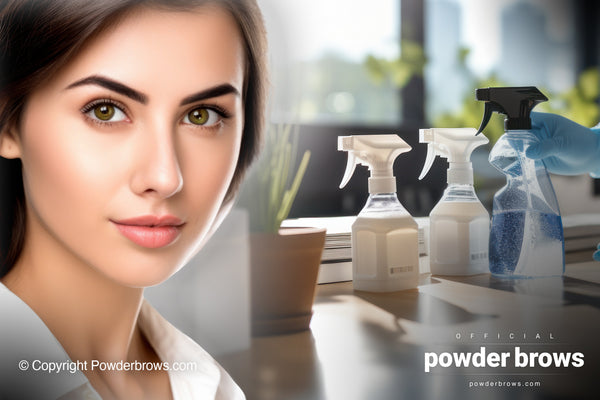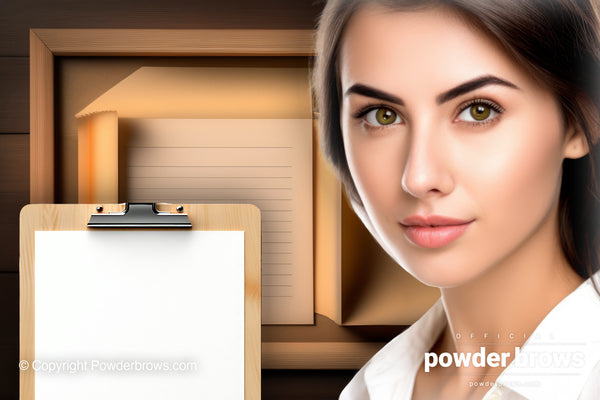5. Conclusions
When it comes to enhancing your professionalism as a Powder Brows artist, the first key area is cleanliness and hygiene. Go above and beyond what's required. Make your workspace resemble a medical facility more than an art studio.
Keep your workspace clutter-free. Store non-essential items in cupboards and drawers, out of the client's sight. As for your tools, opt for disposable ones whenever possible and keep everything in pristine condition.
Standardize your procedures. Insist on having all clients sign a contract and be ready to decline service if they refuse. Make it a point to review the basic care guidelines and any restrictions, even if the client claims to know them already or you find it mundane.
Be willing to compromise with clients, but only within your professional boundaries. Always be prepared to refuse service if necessary while still being as flexible as possible within those limits. Avoid lecturing the client unless absolutely essential, which it usually isn't.
Lastly, maintain a professional stance when discussing other artists. If a client complains about prior services, opt to remain neutral or defend the other artist within professional boundaries. Remember, professionalism is key to long-term success.
Similar articles
Similar videos






